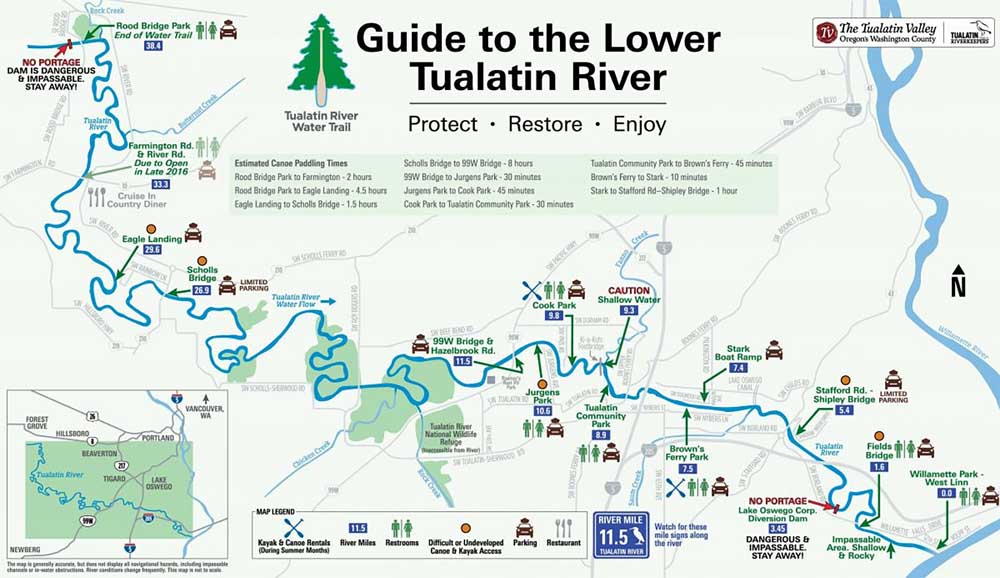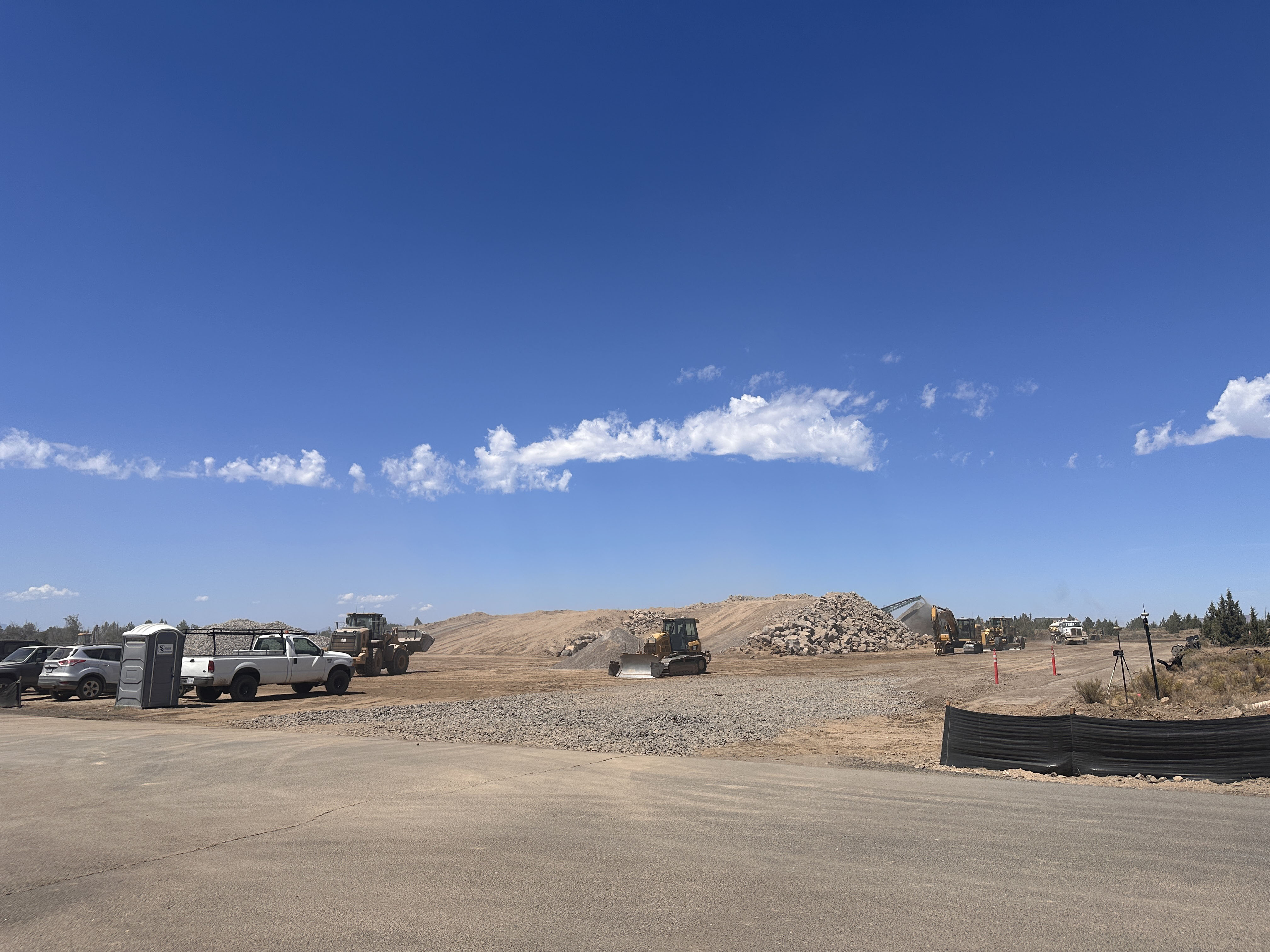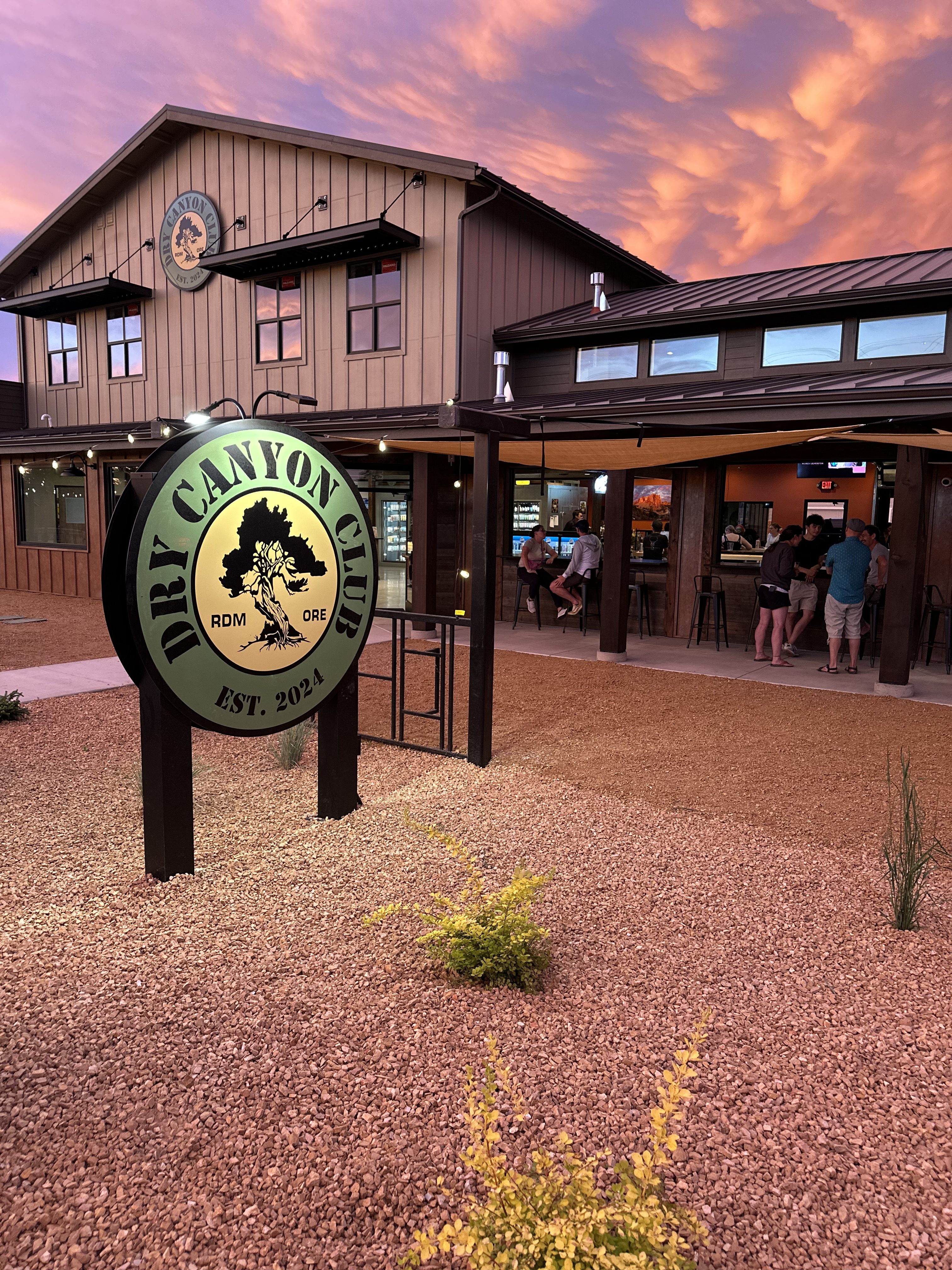Offbeat Oregon: Dam blast unclogs court cases
Published 2:00 am Tuesday, January 23, 2024

- The Tualatin Riverkeepers’ recreational map of the Tualatin River Trail shows the once-controversial dam in the lower right (labeled “NO PORTAGE). The Lake Oswego Canal can be seen a few miles upriver from it, around river mile 6.5.
Editor’s note: This is the second in a series. To read the story in its entirety, go to redmondspokesman.com.
Trending
At first, the farmers who opposed a dam on the Tualatin River met with little success in court. This probably wasn’t a huge surprise. Portland plutocrats William M. Ladd, Simeon G. Reed, and Henry Villard were among the owners and executives of the Oregon Iron and Steel Co., so taking the company on was like declaring war on all the political and business elites in the Portland Metro area. Three farmers filed lawsuits demanding a total of $22,500 in damages. All three suits were dismissed.
Finally, in 1897, farmer August Krause filed another lawsuit. In it, rather than asking for compensatory damages, he sued for specific performance — asking the court to order the dam removed.
It did. The court ordered the Clackamas County Sheriff to tear out half of the dam.
Trending
The company appealed immediately and over the next several years the suit worked its way up to the Oregon Supreme Court, which ratified the decision.
But only then was it discovered that the trial court had goofed up its order. The court had ordered the sheriff to proceed with “removing all but the upper 24 inches of the dam.”
Well, this obviously put the laws of Oregon into direct conflict with the laws of physics. It also was very unclear what the court had intended to order: Remove the top 24 inches, leaving six feet of impoundment? Leave the bottom 24 inches, leaving two feet?
Quite sensibly, the sheriff refused to proceed until he had better orders.
So the whole thing started working its way back up through the legal chain of courts all over again, with the wording corrected this time.
But late in the summer of 1906, ten years after the court had ordered the dam removed, some of the neighbors apparently decided to take matters directly in hand.
Boom!
After the blast
Today, all that’s left of the dam is the foundation, where the river pours over in a great sheet of water to form one of those low-head dams colloquially known as “drowning machines” because of the way they pin unwary swimmers underwater in a great washing-machine-like swirl just below the downstream side. There’s no access to portage around it and it’s extremely unsafe to try to cross it. It effectively functions as a block on the river.
The Oswego Canal is still there, although it’s been many years since it was used for commerce. Today its main purpose is to bring fresh water in from the Tualatin River to augment the relative trickle from Sucker Creek, to keep the lake full and fresh. In February 1941 Oregon Iron and Steel Co. gifted the lake, along with the canal and dam, to the 450 property owners in the city of Lake Oswego.
Today everything is owned and maintained by the Lake Oswego Corporation, the private corporation created and owned by those property owners to hold and maintain it. Every few years a legal fight flares up over whether or not out-of-towners are allowed to swim and play in the lake. But the controversy over the dam has been mostly forgotten.
“When the River Ran Backwards,” a book by Jamie Ditzel published in 2021 by Tualatin Historical Society
“Why Farmers Once Blew Up a Tualatin River Dam,” an article by Barbara Sherman published in the July 2021 issue of Tualatin Life
Archives of Hillsboro Argus, Hillsboro Independent, and Portland Morning Oregonian newspapers








